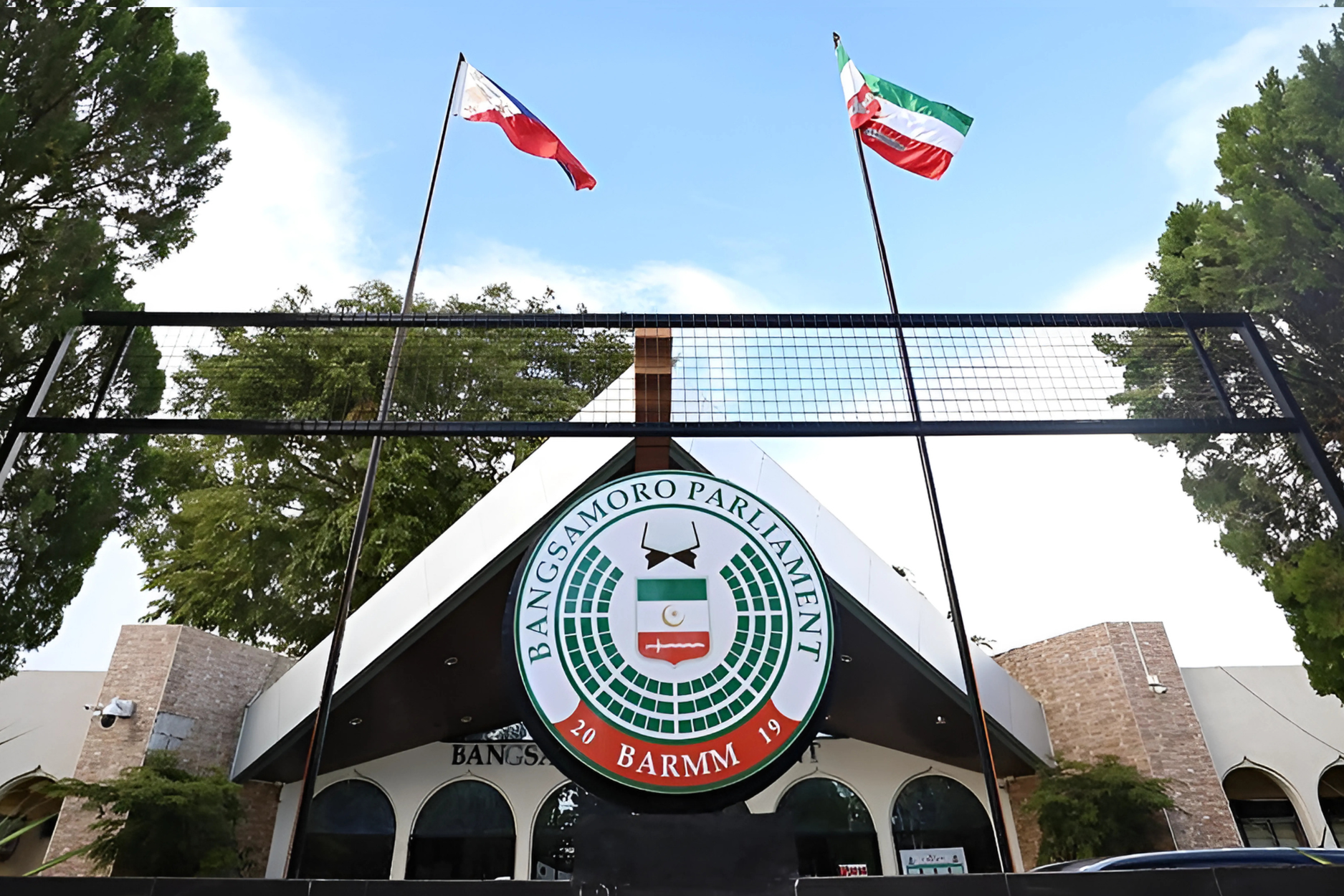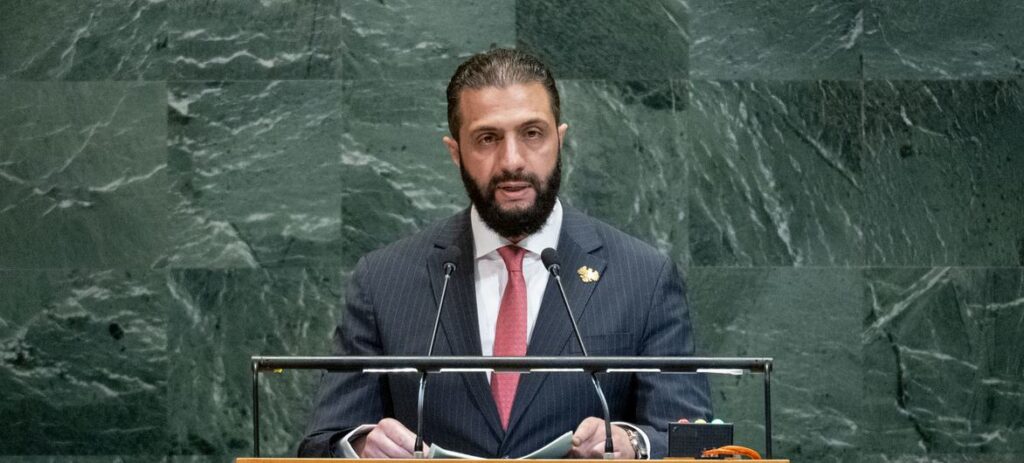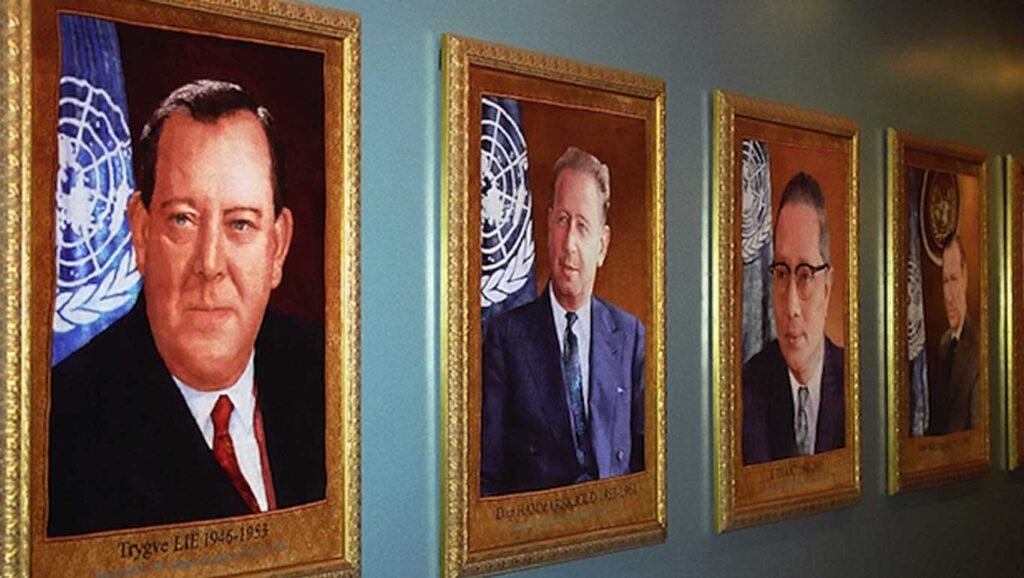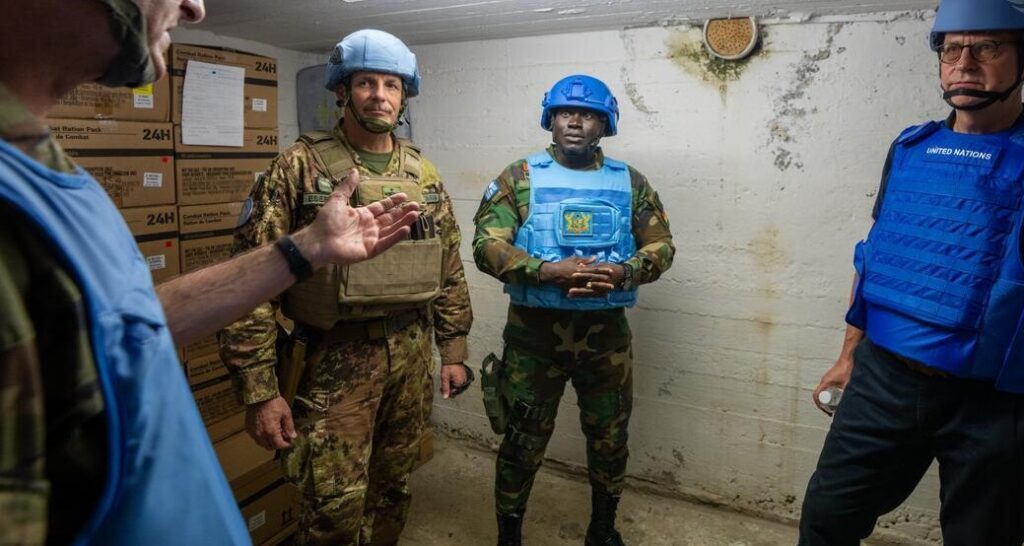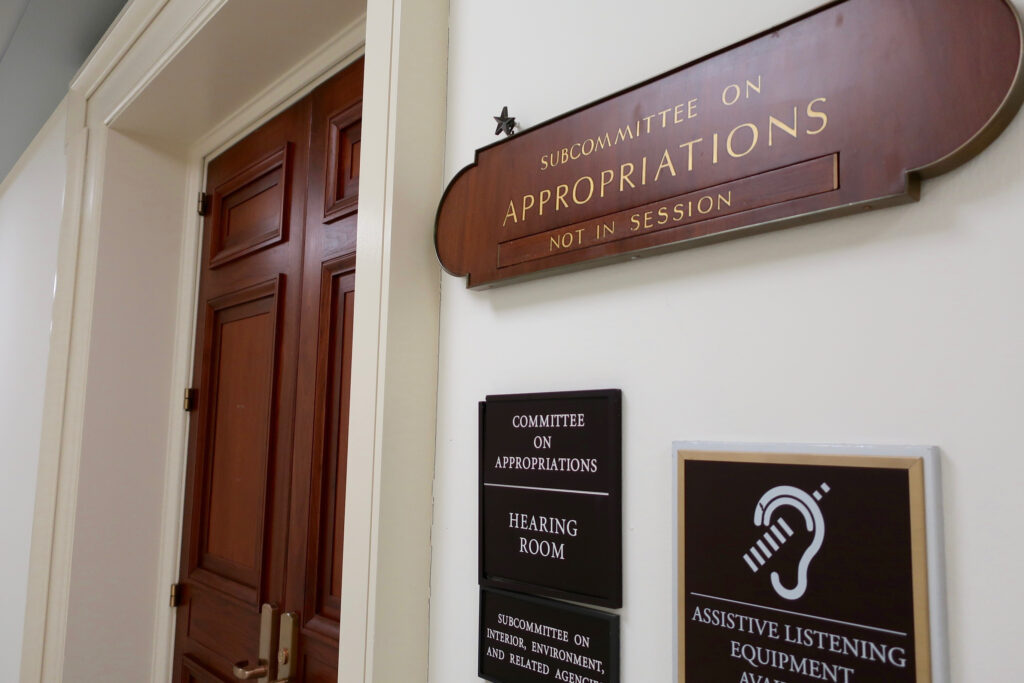Nearly six years after the end of a decades-long internal conflict, the Philippines stands out as an example of how the United Nations can serve as a key tool in supporting post-conflict efforts for development and recovery.
Written by Faith Leslie, a Senior Associate with BWC, working on U.S.-UN policy and communications strategy.
For much of Philippine history, the southern island of Mindanao has existed as a distinct territory. Unlike the rest of the mostly Catholic archipelago, the island’s population was converted to Islam in the 1300s, creating a unique mix of Muslim and indigenous populations living mostly in isolation. U.S. colonization in the early 1900s marked the first time the territory was included in the broader Philippines, sparking a struggle for autonomy that turned violent in the 1960s.
In 2019, a robust peace process brought an end to hostilities between the central Philippine government and the Moro Islamic Liberation Front. The agreement created what is now known as the Bangsamoro Autonomous Region in Muslim Mindanao (BARMM) and granted the region long-sought autonomy. These aspirations are now being realized as the regional government prepares for its first regional parliamentary elections in over 50 years. It’s a major milestone — but peacebuilding in BARMM is just beginning.
The Challenge
Despite political progress, challenges persist in BARMM. Years of conflict and its remote location have produced the country’s highest rate of impaired growth and underdevelopment in children — nearly 40%, double the national average — and alarmingly high levels of severe acute malnutrition. These threats to child health threaten the fragile peace that the region has fought hard to secure.
This is where the UN and its partners come in.
Meeting Rural Communities Where They Are
With support from the UN Children’s Fund (UNICEF), rural health clinics stand on the front lines of treating child malnutrition and are sometimes the only source of child and maternal health services for a rural community. The Rural Health Clinic of Upi is just one example of the life changing impacts of these interventions. There, mothers receive Ready-to-Use Therapeutic Food (RUTF) — a high-calorie, peanut-based paste produced in the U.S. — along with vaccines and regular check-ups to guide children back to health.
“Each year, this rural health clinic in Upi covers roughly 62,000 people and 9,000 children under the age of five.” says Pennsylvania-native Behzad Noubary, UNICEF’s Acting Representative for the Philippines. “Thanks to the support of UNICEF and the generous contribution of the U.S. government and American people, we’ve been able to ensure that this rural health unit has the vaccines and the RUTF it needs for malnourished children.”
“Thanks to the generous contribution of the U.S. government and American people, we’ve been able to ensure that this rural health unit has the vaccines and the RUTF it needs for malnourished children.”
Local healthcare providers like Dr. Hidayah Maca-agir, the head of Upi’s Rural Health Clinic, feel the impact of these donations every day. “UNICEF really helps us in their sponsorship of our ambitious program and gives us the resources necessary to help the children of BARMM,” she says.
From the Clinics to the Schools
For children over the age of five, the UN’s support continues in a different form: home-grown school meals.
Just a short drive away, Upi’s Blala Elementary School is in its second year benefiting from this unique World Food Programme (WFP)-funded initiative, offering healthy, locally sourced meals to every student from pre-K to sixth grade. Local farm cooperatives provide the school with vegetables and fish, while the UN brings rice fortified with iron, essential to addressing the region’s high rates of anemia. With help from parents, community volunteers and the local government, the program feeds hundreds of children daily — often delivering their only meal of the day.
WFP Country Director and Wisconsin-native Regis Chapman explains how transformative these programs are for local communities. “Home-grown feeding helps improve educational outcomes, nutrition outcomes, and by engaging smallholder farmers from within the area, enhances the livelihood of the community.”
“Home-grown feeding helps improve educational outcomes, nutrition outcomes, and by engaging smallholder farmers from within the area, enhances the livelihood of the community.”
Thanks to early success, the BARMM government has already pledged additional funding to expand the program — going from nine schools in its first year to now 28 across the region.
“Funding from partners like the U.S. helps enable these programs to take place at a critical time for the region where, in a post-conflict setting, people have access to basic services,” Chapman says. But he is clear: “Without this type of funding, these programs are impossible.” Thousands of children would risk being left behind.
“Funding from partners like the U.S. helps enable these programs to take place at a critical time for the region. Without this type of funding, these programs are impossible.”
The Road Ahead
In just six years, peacebuilding and humanitarian interventions from the UN and local partners have already made a difference in BARMM. The region is no longer the country’s poorest, and rates of poverty have fallen by over 27%. Today, 87% of children under five are vaccinated against measles — a disease that once devastated the area.
Equally important is how this progress is being made: with local leadership at the helm. While UN partners play an indispensable role in supporting the program’s implementation, the leadership and initiative of BARMM in forging their own path to recovery has ultimately fostered its success. From employing local doctors in rural clinics to designing culturally appropriate school meals, the UN has helped to provide the tools, funding, and technical expertise that the region might not otherwise have.
This is the benefit of the UN in these communities — not to overtake, but to amplify local ambition. Without this sustained support, BARMM risks backsliding at a pivotal moment in its transition. And in a region strategically important to U.S. interests, supporting this continued stability and development through the UN is a worthy investment.
The story of BARMM is still unfolding. But from rural health clinics to school lunch programs, the progress made in just a few years shows what’s possible when a region charts its own course toward peace, with the support of global partners. For the U.S., continued investments in UN programs here are far more than foreign aid — they are a chance to support a longstanding ally, strengthen regional stability and contribute to a future where peace lasts.
For the U.S., continued investments in UN programs here are far more than foreign aid — they are a chance to support a longstanding ally, strengthen regional stability and contribute to a future where peace lasts.
